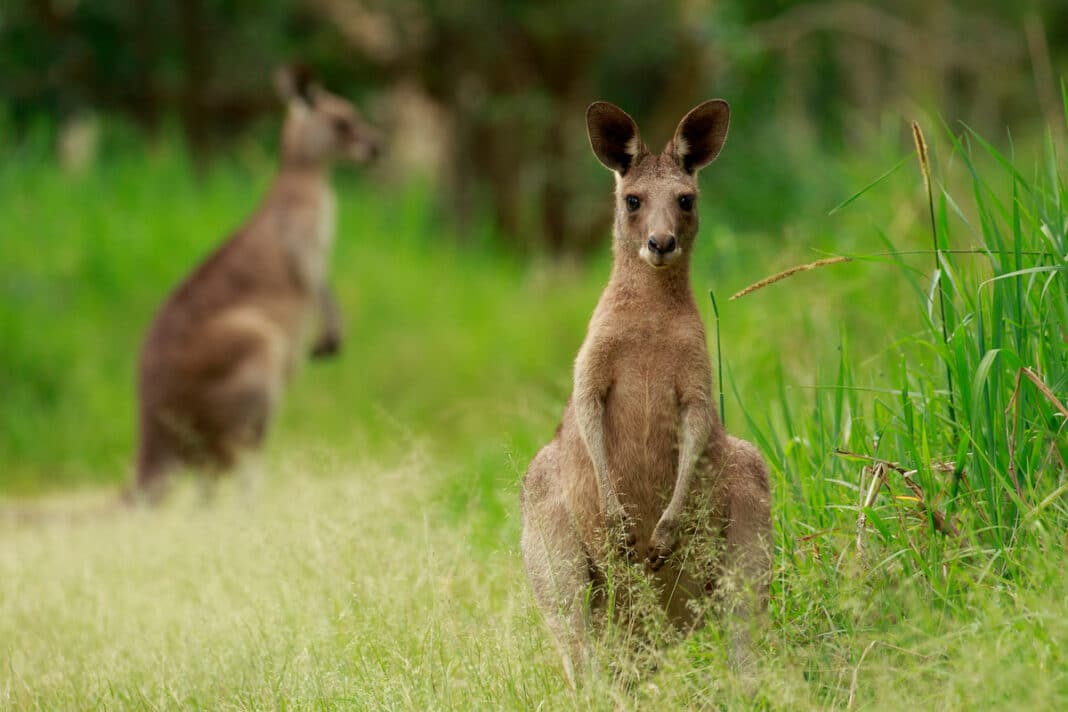I have to admit shooting kangaroos in the past, but these days I restrict my activities to shooting rabbits and pigs on the rare occasions I go shooting.
At ACAT, I presided over the first two kangaroo cull cases brought by Animal Liberation and their colleagues. We were never too sure exactly how many kangaroos there were on the hills around Canberra but there were certainly a lot during droughts. And apart from the ecological arguments the ACT government would always raise and the fact there was no other effective way of controlling them, culling – properly administered – was the only realistic way of controlling numbers and, in many cases, preventing starvation amongst the mobs of roos.
I was impressed to read recently of an intrepid Canberra couple who made a huge effort this year to count the number of roos. It would seem that their count and the officials’ count did not match up. It also seems that this year, little wallabies were also shot. I have rarely heard of wallabies being mixed up in mobs of roos, but if that is true, then the shooters were grossly negligent in doing so. Even I can tell the difference between a wallaby and a roo at night (certainly under a spotlight). Sadly, it is usual practice for young joeys in their mothers’ pouches to be quickly killed on the spot, as described in recent articles on this topic. The whole crux of the matter is that the shooting process has to be done humanely by trained registered shooters so the roos don’t feel a thing (head shots). Clearly, sometimes this does not always happen – and it needs to.
There were three kangaroo cull cases in ACAT during my time as Appeal President. We will call them Kangaroo 1 (2009), Kangaroo 2 (2011) and Kangaroo 3 (2014). I think the best yardstick was Kangaroo 2 where I presided, assisted by an expert community member and my old former colleague, Senior Member Alan Anforth, a man known for his humanity and extensive knowledge of the law. The government’s experts told us that the ideal number of roos per hectare in the Canberra hills was anything between 0.7 to 1.5. They wanted us to set a ratio of 1 roo per hectare but Alan objected. The three of us came up with 1.5 roos per hectare and in that cull, the government was allowed to cull only 1,164 roos (the actual cull was 1,154 – 10 short).
As Alan pushed for 1.5 per hectare and swayed my other colleague and me, I’d like to call it the Anforth rule of how many roos there should be per hectare. I hope the current powers that be use it, but it seems from what I hear about this year’s cull they have not. I’d suggest the government ensure that the Anforth rule is used, that the killings are humane, and that no wallabies are shot in future.
Editor’s note: The opinions expressed in this column are those of the author and do not necessarily reflect those of Canberra Daily.
Canberra Daily would love to hear from you about a story idea in the Canberra and surrounding region. Click here to submit a news tip.



